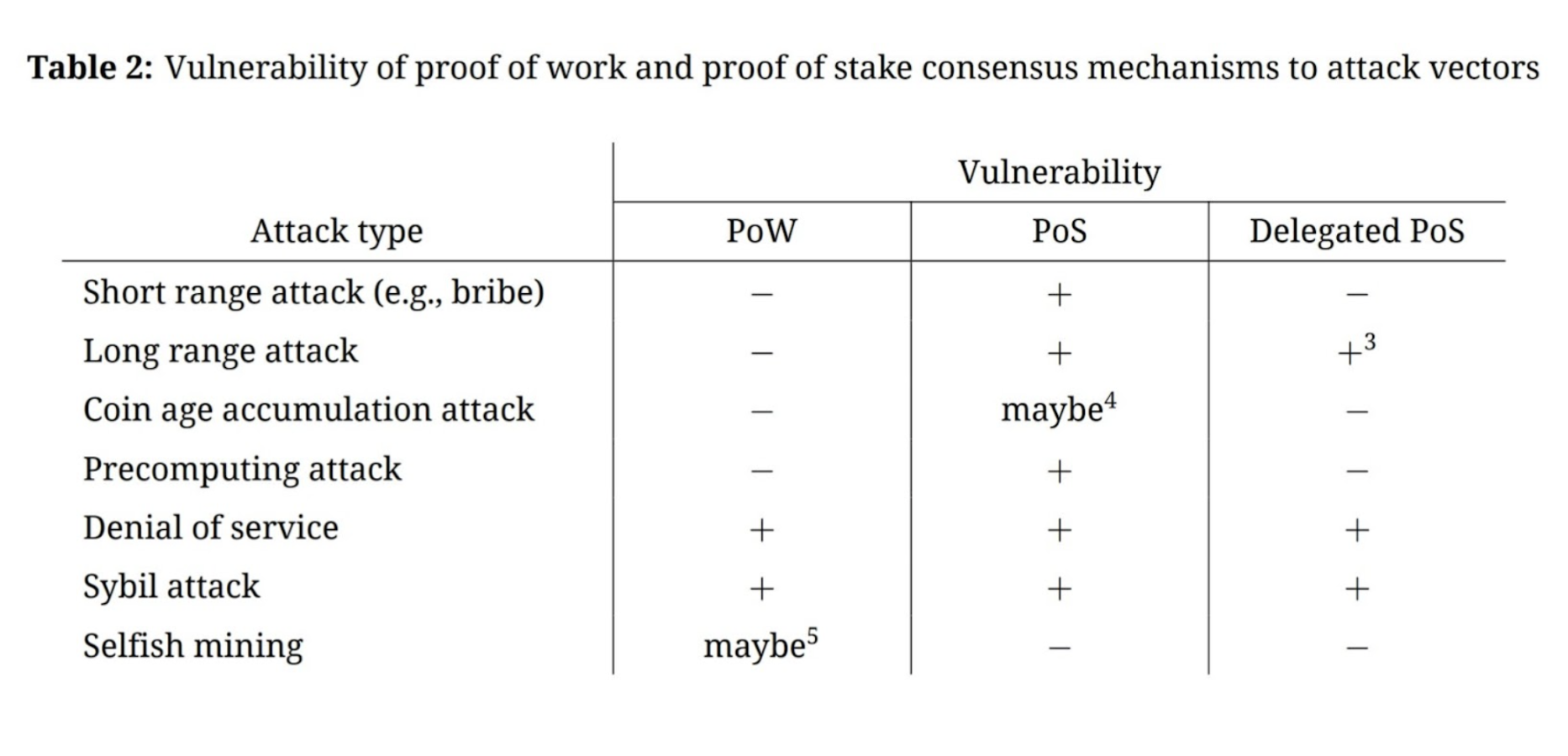
Pos vs Pow a blockchain is a database of digitized records called blocks, and each block contains a unique digital key or hashcode. Various algorithms are used to verify the validity of the data contained in the blocks. Among these algorithms is proof-of-work (POW), which was the first to make it to mainstream popularity. A PoW solution has the advantage of being cost efficient – it can be deployed on a large scale at little to no additional expense.
A more cost-effective alternative is Proof of Stake (PoS), the best of both worlds as it uses no miners, but utilises a similar proof of work methodology. POS also boasts the highest rate of verification per second of any of the aforementioned protocols. While not as energy efficient as the greenest of the green, it still has a leg up on its peers in terms of sheer computational power. As such, it is the ideal choice for the modern era of distributed ledger technology (DLT) and is set to become the next big thing in a decentralized networked world.
Conclusion
PoW, short for Proof of Work, is a consensus algorithm used in blockchain networks to reach distributed consensus. This algorithm requires computers in the network to complete difficult computational puzzles in order to validate and add new blocks onto the chain. Computers that successfully solve the puzzles are awarded cryptocurrency as a reward for their contributions. By requiring computers within the network to “work” for rewards, PoW helps protect the integrity of transactions and prevents malicious actors from compromising the blockchain. Additionally, PoW acts as an incentive for computers within the network to stay honest and maintain consensus by ensuring rewards are only given out if they work together properly.
Proof of Stake (PoS) is a consensus algorithm used by cryptocurrency networks to secure their blockchain and maintain network consensus. Unlike the more popular Proof of Work (PoW), which requires miners to solve complex mathematical puzzles in order to create new blocks, PoS relies on users who own coins/tokens to stake or “lock up” their coins while they validate blocks. The validators are then rewarded with newly minted coins for their efforts.
To become a validator, one must first acquire enough tokens to be eligible. This is known as having a minimum “stake” in the network. Once the user has staked their coins, they can then start validating transactions on the blockchain. As an incentive for participating in this process, the validator receives rewards for each block that they successfully validate.
The primary benefit of PoS over PoW is energy efficiency; since there is no need for dedicated mining hardware or large amounts of electricity to produce new blocks, it is significantly more cost effective and eco-friendly than PoW. Additionally, since users do not need expensive hardware in order to participate, it makes it easier for anyone with enough tokens to join the network and become a validator. Furthermore, because there are fewer barriers of entry due to lower costs associated with joining the network, it creates more decentralization within a given cryptocurrency network which could lead to greater security and stability overall.
You may be interested in: Ethereum and Proof of Stake (The Pros and Cons of PoS)

